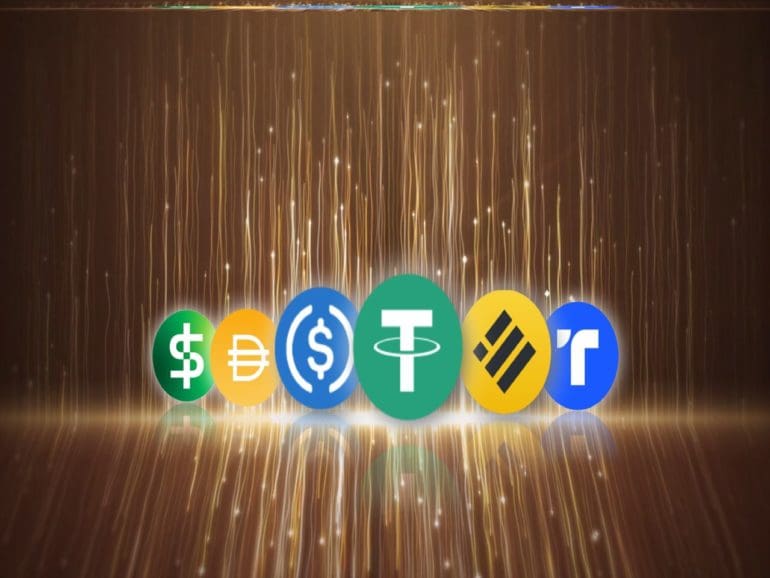In Latin America, a region with plenty of underbanked adults, getting a loan from a bank is not only hard to get. In many cases, it can also be extremely expensive.
Rates on a personal loan in Argentina, whose economy faces rampant inflation, can quickly go triple-digit. In Brazil, a revolving credit card rate can cost over 350%, even if granted by one of the largest institutions. Other credit lines from traditional banks also bear similar costs.
Therefore, some crypto enthusiasts in the region have turned to a new type of financing to meet their needs or even invest their holdings. That is digital assets. Even as the global interest in crypto waned in the face of falling prices worldwide, many of its functionalities continue to be explored in Latin America to soothe the region’s structural problems.
“Most of Latin America is dealing with high-interest rates and rising inflation, so it’s natural for people in these regions to turn to alternative sources of finance,” Laura Ángel, Affiliate Marketing Manager at Ledn, told Fintech Nexus.
The company is a Canada-based lending platform. It offers loans in dollars and USD Coin, a stable cryptocurrency pegged to the value of the American currency. The annual interest rate is 7.9%. The firm launched in 2019 in Latin America. It now reports that the region accounts for 42% of all its loans. The average amount of a bitcoin-backed loan is $6,849 in Argentina, arguably one of its largest markets.
Increasing adoption
“Acceptance is increasing, especially in regions experiencing economic difficulties,” Ángel said. The increase in interest rates and inflation has only stoked these fears, providing ground for products based on alternative currencies.
In the face of rising inflation, most countries in Latin America have quickly instructed tightening strategies. This has led to much steeper rate hikes than in developed markets. Brazil took its Selic from a record-low of 2.0% in 2021 to 13.75% in less than two years. Other Latin American central banks followed.
“More countries worldwide will continue to experience high inflation, and this will create more opportunities for new digital asset product offerings,” Ángel said.

To concede borrowing, the company takes collateral in Bitcoin worth twice as much as the size of the loan. The idea behind the crypto loan is that those coin holders will refrain from selling during financial stress. Instead, they can take a dollar or stablecoin loan while leaving their holdings as collateral.
Differences with bank credit
Different from a traditional bank loan, crypto loans do not have a maturity date. They continue to generate interest daily, and the user can make partial or total repayments at any time.
“The concept of installment, hence, does not apply here,” said Matias Alberti, Chief Operating Officer at Buenbit. The Argentine crypto fintech started offering digital loans via stablecoins earlier this year. It provides financing for up to 80% of the collateral set aside.
The fact that they are over-collateralized reduces some risk for lenders. If there are no repayments and interest is piling up, the company liquidates a portion of the collateral to readjust repayment risk under the 80% rule.
According to Alberti, there are four clear advantages compared to bank credit. The first is that it is available 24/ and that a user can get it “in thirty seconds.” Also, this is granted regardless of a traditional credit score, and the user can pay anytime. Finally, he claims rates are “significantly lower” than those in the traditional banking market.
A complement to the product suite
For crypto companies, loans can work as a complement to their product suite. The sector has been dramatically affected in the past few quarters. Growing risk aversion has led to a massive depreciation of cryptocurrencies. This has led to layoffs in the industry in Latin America and globally. In June, U.S. Coinbase announced it would lay off 1,100 people, or approximately 18% of the workforce, as executives braced for a recession.
Related:
- Brazil moves closer to crypto regulation with Senate vote
- Crypto regulation slow to move in Latin America
- Mercado Libre, Latam’s e-commerce giant, launches cryptocurrency token in Brazil as part of loyalty program.
But despite a significant aversion toward risk assets such as stocks or, more so, crypto, industry leaders are confident that the long-term drivers are still in place. Beyond growing digitization amid the pandemic, the region continues to face unstable economic and financial performance.
To this end, Argentina is one of the most significant examples. Runaway inflation leads adults to avoid the local peso at any cost, making them more open to alternative options.
“In the context of inflation and lack of access to credit or dollar funding, stablecoins are incredibly important,” said Ledn’s Ángel. “Argentine clients seek to protect the value of their savings by converting to USD Coin and depositing in Ledn, where they can earn interest.”


